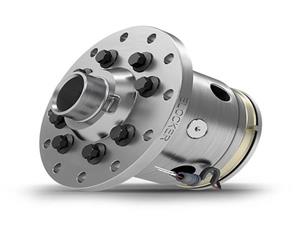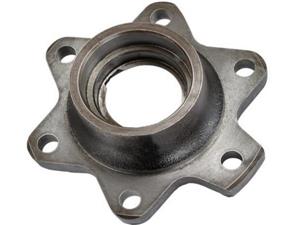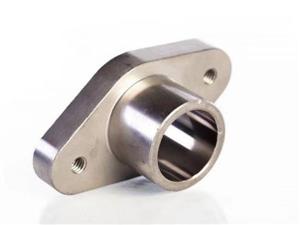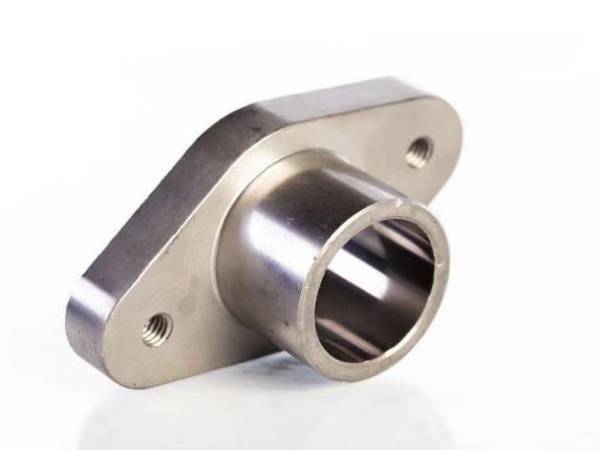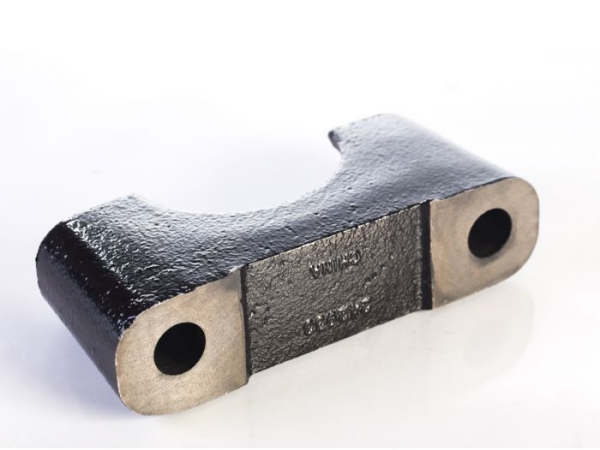Overview of Ductile Iron
1. Overview of ductile iron:
Ductile iron refers to cast iron in which carbon precipitates as spherical graphite during the solidification process of molten iron. Compared with gray iron castings, the biggest difference in its metallographic structure is the change in graphite shape, which avoids the presence of sharp graphite in gray cast iron. The cutting effect of graphite on the metal matrix is greatly reduced, and the stress concentration caused by flake graphite is basically eliminated, resulting in a strength utilization rate of 70-90% for the metal matrix, thereby greatly improving the performance of the metal matrix.
Ductile iron, like steel, can further improve its performance through heat treatment and alloying measures. For example, treated ductile iron can achieve good toughness, with an elongation of up to 24%, and a tensile strength of up to 1400Mpa, which is basically similar to steel.
Compared to steel, ductile iron has many advantages. For example, the casting performance is good and the cost is relatively low.
Due to the continuous increase in production and development of properties, ductile iron has successfully partially replaced forged and cast steel as a promising metal structural material.
2. Metallographic structure of ductile iron
The mechanical properties are closely related to the metallographic structure of metals, and the type of metallographic structure determines the type of mechanical properties. Nodular cast iron is no exception, and only by spheroidizing graphite can the role of the metal matrix be exerted, greatly improving the mechanical properties of cast iron. Only by spheroidizing graphite can further change the properties of the matrix be more meaningful.
Therefore, the metallographic study of ductile iron is a prerequisite for us to understand and use ductile iron.
3. Formation of ductile iron
The formation of spherical graphite undergoes two stages: nucleation and growth. The nucleation is the primary process of graphite, and a large amount of non-metallic inclusions are generated in the molten iron during melting and subsequent spheroidization and inoculation treatment. The initial inclusions are very small, and they collide with each other, aggregate, and become larger, float up or sink during the subsequent pouring, filling, and solidification processes, becoming the core of graphite precipitation.
After the formation of a spherical graphite core, carbon atoms begin to pile up on the core substrate, and the shape of the graphite ultimately generated determines the growth mode influenced by process conditions.
Therefore, controlling the growth process of graphite is the key to obtaining spherical graphite.

